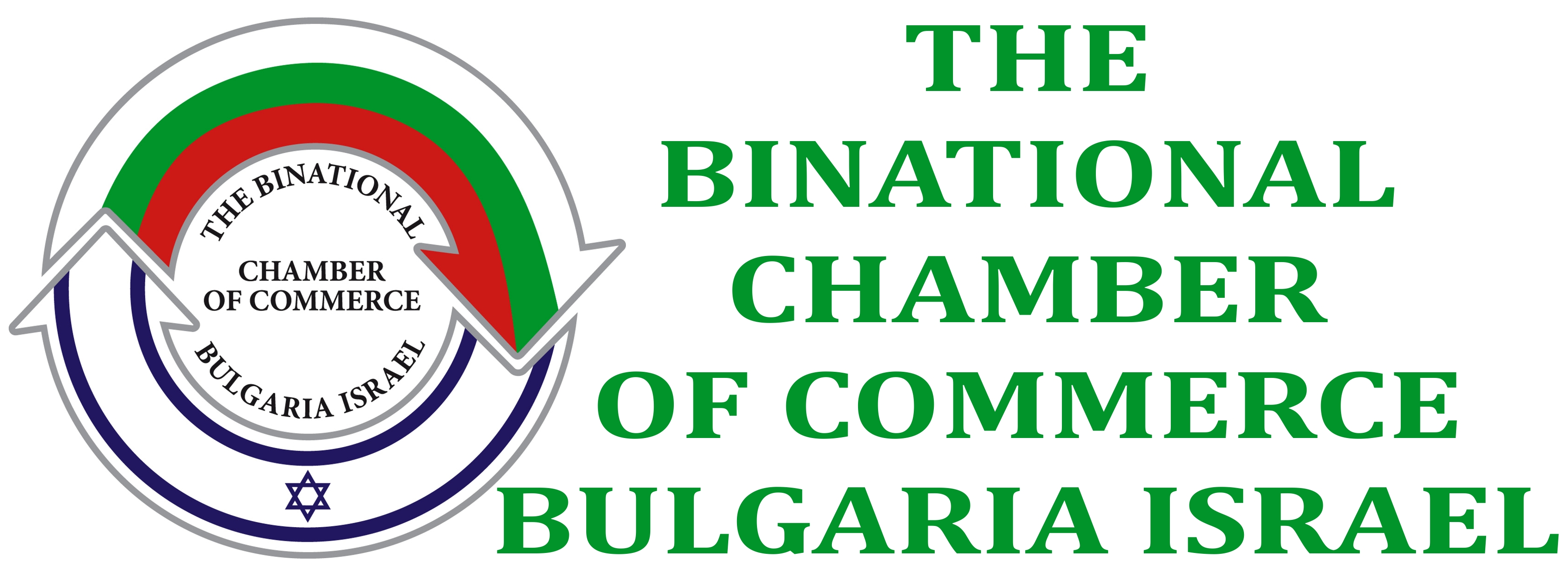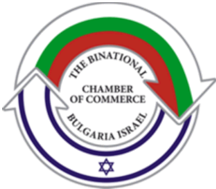In 2017, the Institute for Market Economics (IME) set out to map the borders of Bulgaria’s economic centres. Our goal was to go beyond the country’s administrative and territorial division and establish new internal boundaries, based solely on natural economic processes. The grouping within the centres was done around the economic cores, which gather significant daily labour migration from surrounding municipalities, have significant concentration of employed people and generate relatively large production.
THE ECONOMIC CENTRES OF BULGARIA
A key element of the study of economic centres is the establishment of peripheral municipalities with strong economic ties and highly reliant on the cores. In this analysis, the peripheries were formed by municipalities where more than 10% of the employed people travel daily and work in the core. This definition of economic cores and their peripheries differentiated several broad categories of economic centres:
- Large economic centres with economically strong cores and large periphery, such as Sofia and Plovdiv;
- Smaller centres, with peripheries generally limited only to the surrounding municipalities, such as Ruse, Pleven and Shumen;
- Specific economic centres, neighbouring each other and having a numerous features in common, despite having very limited on non-existent peripheries, such as Gabrovo-Sevlievo, Stara Zagora, Kazanlak and Radnevo
It is important to note that the map of the economic centres does in no way cover the entire economic and investment map of the country. The exclusion of certain regions does not mean that there is no economic activity, investments and perspectives for development in them. It is true, however, that the municipalities not included in the map fall behind in their level and rate of economic development in comparison with the centres. They also lack peripheries, and thus they lack tangible effect on employment in the surrounding municipalities. Because of this, the focus of the analysis is on the 20 largest centres.
The economic mapping of the country led to several very curious observations. The first one is the territorial coverage of the centres. A little over one third of the territory of Bulgaria is covered in economic centres, but they generate 86% of the total production of the country (based on 2015 data). In other words, about two thirds of the territory of the country is, figuratively speaking, an economic wasteland, outside of a small number of “oases” which generate the other 14% of the production of the country.
Particularly interesting is the fact that the process of concentration of economic activity in the centres has continued in the past years. In 2011, 85% of the production of the country was generated in them, while five years later this share has increased by 1 percentage point. The continued concentration of capital and labour in them as a result of the good infrastructure, the size of their markets, synergies with existing companies, the social environment and other factors will likely continue to support this trend of economic centralization.
The economic centres attract most of the investment – 81% of foreign direct investment (FDI) in the country at the end of 2015 where in them. When it comes to the other important investment indicator - annual expenditure on tangible fixed assets (ETFA), three quarters of all ETFA’s were made in the centers in 2015.
Seventy-five per cent, or three quarters of the people employed in the economy worked in the centres in 2015. In the same time, in 2016 62% of the population lived in the economic centres, which in turn means that more than one third of the population lives outside of the most economically active and prospective parts of the country. It is also interesting that the economic centres concentrate not only more production, but a larger share of the total population of the country – in 2000 there lived 59% of the population, while in 2016 this share has grown by 3 percentage points.
The total number of economic centres in the country is 20, but their size, territory and economic profiles are very diverse. It comes as no surprise that the largest economic centre has formed around Sofia municipality. It is the largest in terms of territory, population, production, investment, and number of employed. The Sofia economic centre also has a secondary core – Pernik municipality. This happens because Pernik attracts significant labour migration from the surrounding municipalities, but in the same time it is a major labour donor for the capital – so large that Pernik is the municipality with the lowest net labour migration in the country. This centre generates 43% of the total production of the country according to 2015 data, and 42% in 2011. The centre encompasses 18 municipalities and employs a third of the workers in the country. The centre attracts the most foreign investment – 55% of the total FDI as of the end of 2015.
Here, the unemployment is the lowest in the country (3.5% in 2016), and the average salary is the second highest in the country (1174 leva average monthly gross salary), lower only than that in the small economic centre Kozlodui where the high salaries in the nuclear power plant have significant impact on the averages.
The economic centre around the capital also has a concentration of highly educated people, as it has the highest share of the population with tertiary education – nearly one third, compared to 20% in the country as a whole. The quality of education, measured through the results on the Bulgarian language and literature matriculation exams, is the highest in “Sofia” – Good 4.48 in 2016, compared to 4.17 in the entire country, which points to a capability of the centre to retain a high share of highly education population.
Apart from the centre around the capital, the other geographically large centres are formed around the core municipalities of Plovdiv, Burgas and Varna. The second largest centre – “Plovdiv” is nearly five times smaller in terms of production compared to “Sofia”. The total production of the three centres “Plovdiv”, “Burgas” and “Varna”, as well as the number of employed in them is a little more than a half of that of the economic centre around Sofia, and foreign investment is about a third.
The centre around Plovdiv – the second largest in the country – encompasses 12 municipalities and generates about one tenth of the total production of the country. We have to not that, thanks to significant investment and the attraction of human capital from remote municipalities, “Plovdiv” has one of the highest production growth rates among the economic centres in the past five years. In 2015, the production in “Plovdiv” was 39 per cent higher compared to 2011, second only to the 40 per cent growth of the much smaller centre around Ruse.
It is rather interesting that south of Stara Planina, all the centres are connected. In the same time, the centres in North Bulgaria are islands of economic activity and investments, surrounded by large areas with little economic activity. The only exception is the "agglomerate" of several centers in North-East Bulgaria, comprised of several interconnected centers – “Varna”, “Shumen” and “Targovishte”, containing a total of 17 municipalities, 10 of which are peripheral to Varna. It is likely that the absence of a highway north of Stara Planina also contributes to this situation.
The interconnectedness of the centers in the south part of the country means that it is likely that after some time the boundaries between some of them may start to fade. The center around the capital, for instance, borders “Pazardzik” to the east, which in turn borders “Plovdiv”. Near “Plovdiv” is “Haskovo” – a rather interesting center with a rather fast-growing core, but currently without a periphery. “Haskovo” is already officially positioned as a part of “Economic area Trakia” (EAT), which formed around Plovdiv in the past years, linking together six industrial areas. “Haskovo” could also become a part of the agglomerate comprised of “Sofia”, “Pazardzik” and “Plovdiv”. An important factor for this, of course, was the completion of two highways in South Bulgaria in the past years – “Trakia” (connecting Sofia and Burgas) and “Maritsa” (connecting “Trakia” highway at the Orizovo road junction with the Bulgarian-Turkish border at Kapitan Andreevo border checkpoint).
For more information on the regional development of Bulgaria visit webite (regionalprofiles.bg)






